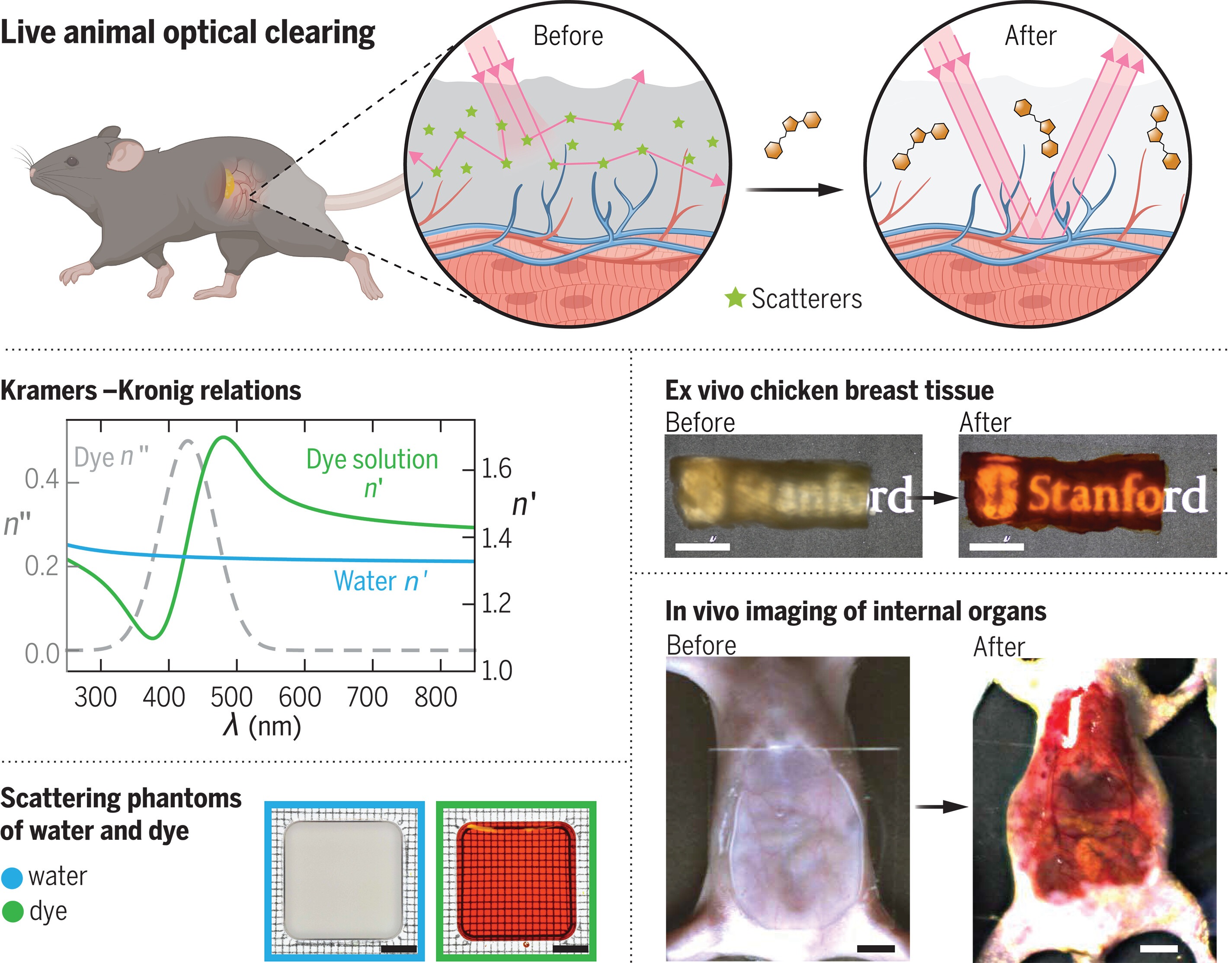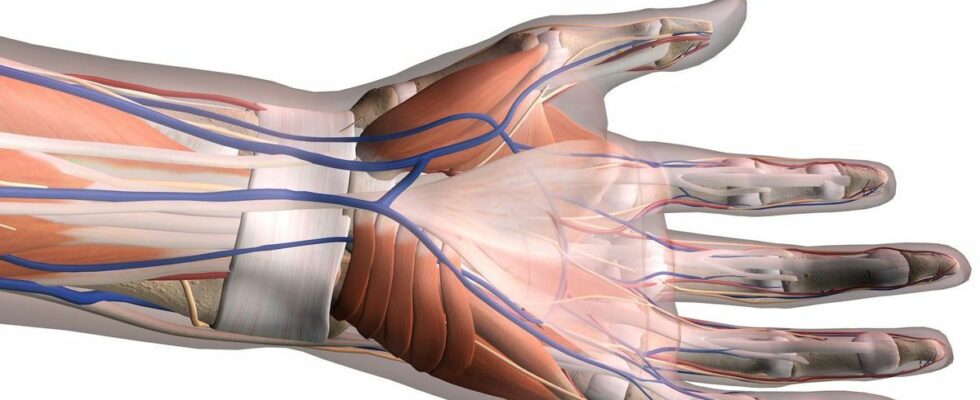Published on
updated on
Reading 3 min.
A medical revolution is underway: Stanford scientists have managed to temporarily make mouse skin transparent using a dye commonly found in many foods like Doritos. Here’s how.
A food coloring agent, tartrazine, opens a window into the body, allowing us to observe organs and tissues in depth, without resorting to invasive methods. An incredible discovery!
Doritos dye could revolutionize medicine
It all started with experiments on tartrazine, an additive widely used in the food industry. Often found in chips or soft drinks, this dye is mainly known for giving products a bright yellow tint. But when the researchers applied the compound to the abdomens of mice, they discovered that their skin became temporarily translucent, a phenomenon that lasted for several hours.
“This could impact healthcare and prevent people from undergoing invasive tests” said Guosong Hong, assistant professor of materials science and engineering and lead author of the study.If we could simply observe what’s going on beneath the skin instead of cutting into it or using radiation to get a less clear view, we could change the way we perceive the human body.“.
The technique could allow doctors to directly observe blood flow, tumor growth or other internal processes in real time, without the need for complex imaging such as MRIs, CT scans or X-rays.
This is not a magic trick but an application of optical principles and the Kramers-Kronig relationships that link the real and imaginary refractive indices of the same medium. Schematically, living skin is a diffusing medium, which will scatter light and therefore prevent us from seeing through it. Conversely, the dye is a molecule that absorbs most of the light, particularly blue light. Individually, the two elements prevent light from passing through but when combined they “cancel each other out”. The dissolution of the light-absorbing dye molecules reduces the degree of light diffusion in the skin tissue, as if they were dissipating a bank of fog.
After testing their hypothesis on chicken slices, the researchers rubbed the water and dye solution onto the skin of the animals’ skulls and abdomens. Once the dye had completely diffused into the skin, it became transparent. Through the transparent skin of the skull, the researchers were able to directly observe the blood vessels on the surface of the brain. In the abdomen, they were able to observe the internal organs, the muscle contractions that move the contents through the digestive tract…

And, just as easily as transparency happened, it can be reversed.”As soon as we rinsed and massaged the skin with water, the effect was reversed within minutes.” said Prof. Guosong Hong.This is a surprising result.“.
The potential future of “transparent” fabrics
At this point, the study has only been conducted on animals (mouse skin is 50 times thinner than human skin). But if the same technique can be translated to humans, it could provide a range of biological, diagnostic and even cosmetic benefits, Hong said.
One direct application would be to facilitate noninvasive and less painful diagnostics. Instead of resorting to invasive biopsies, melanoma screening could be done by directly observing a person’s tissue without removing it. This approach could also replace some X-rays and CT scans and make blood draws less painful by helping phlebologists easily find veins. It could also improve services like laser tattoo removal by helping to focus laser beams precisely where the pigment is located under the skin.
“This could impact healthcare and prevent people from undergoing invasive tests“, Hong said.If we could simply observe what’s going on beneath the skin instead of cutting into it or using radiation to get a less clear view, we could change the way we perceive the human body.“.
Applications beyond medicine
The use of skin transparency could also have an impact on medical research. Indeed, observing the effects of drugs or treatments on internal organs in real time could offer unprecedented visibility on the effectiveness of therapies. The field of surgery could also benefit from this advance, by allowing more precise interventions with less risk of errors.
The researchers say the technique could eventually be tested in humans, but more studies are needed to assess the safety and efficacy of the procedure in human organisms. If the technique is validated for humans, it could be a major breakthrough. Temporary transparency of the skin offers unexplored possibilities for science, while improving patient care. More precise, less invasive and less expensive technologies could quickly develop thanks to this innovation, paving the way for new standards of care.
